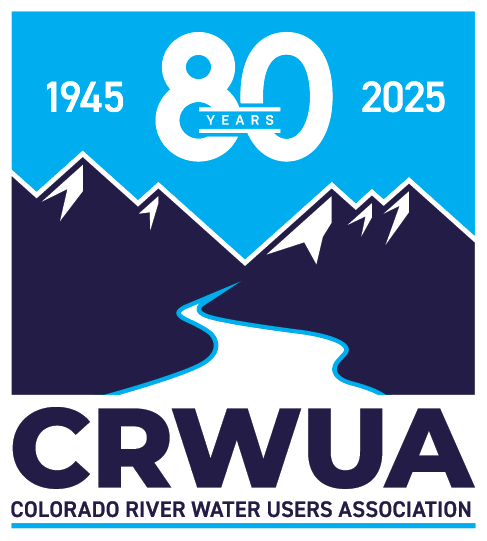Despite the challenges brought upon by the COVID-19 pandemic, California water agencies continued their efforts in 2020 to help ensure the river will continue to provide a reliable supply of water to the Southwest in the coming decade.
In November, Southern California took a major step forward on the path to develop a new sustainable water source from purified wastewater as Metropolitan Water District’s (Metropolitan) Board of Directors voted to begin environmental planning work on what would be one of the largest advanced water treatment plants in the world. The approval marks a significant milestone for the Regional Recycled Water Program, a partnership between Metropolitan and Los Angeles County Sanitation District to reuse water currently sent to the ocean. While Metropolitan has a history of providing subsides to its member agencies to develop local water supplies, this program marks Metropolitan’s first venture into developing a local, sustainable water supply for the benefit of the entire region.
If fully realized, the project would take clean wastewater from the Sanitation District’s Joint Water Pollution Control Plant in Carson and purify it using innovative treatment processes, producing up to 150 million gallons of water daily (about 168,000 acre-feet a year)– the amount used by more than 500,000 homes. The purified water would initially be used for groundwater replenishment and storage, and by industrial facilities. After additional treatment, it may later be delivered directly to Metropolitan’s existing water treatment plants and used for drinking water, after the state develops regulations for direct potable reuse.
Following a successful two-year pilot program, Metropolitan and Bard Water District launched a seasonal fallowing program in April, including the execution of agreements with four farmers within Bard in March. The enrollment for the April-July fallowing periods was about 2,750 irrigable acres. By providing an annual incentive of $452 per irrigable acre fallowed, Metropolitan’s payments for this year’s season totaled $1.26 million, with 75% of the funding going to participating farmers and 25% to Bard to fund system improvements. Metropolitan estimates it received about 5,500 acre-feet of Colorado River supply under this program this year.
With the Bard program, and Metropolitan’s conservation programs with Palo Verde Irrigation District and Imperial Irrigation District, Metropolitan expects to store more than 300,000 acre-feet of water in its Intentionally Created Surplus account in Lake Mead this year, increasing the total account balance to about 1.3 million acre-feet, which accounts for 15 feet of Lake Mead’s current elevation.
The Imperial Irrigation District (IID) continued to meet its obligations under the 2003 Quantification Settlement Agreement and related agreements by implementing the nation’s largest ag-to-urban water conservation and transfer programs. Relying largely on efficiency based on-farm and system conservation projects, IID has conserved more than 6 million acre- feet since 2003 and continues to exceed annual conservation targets. In September, IID provided written testimony before Congress in the first hearing held in 23 years on federal and state efforts to restore the Salton Sea. Conducted by the House Natural Resources Subcommittee on Water, Oceans and Wildlife, the hearing focused on the need for federal support to expedite critical projects at the Salton Sea and take necessary steps to ensure that federal partners are fully committed. IID’s testimony reflected on how the Salton Sea is an indispensable part of the Colorado River system, and its rapid decline is one that both the Upper and Lower Basins must address as a community of aligned interests.
Coachella Valley Water District (CVWD) continued its rebate program to fund the costs of sealing uncontrolled flows from artesian wells. Additionally, CVWD offers several rebates to domestic water customers, which reduces groundwater pumping and protects the groundwater basin.
CVWD continues to engage stakeholders in the development of new programs and efforts to reduce water demand. CVWD’s Agricultural Water Advisory Group includes representatives from the CVWD, the U.S. Department of Agriculture, Resource Conservation District, academia and agricultural customers. The group meets regularly to discuss studies, regulations, customer service and ideas related to water use efficiency. A program that offered rebates to golf courses to replace turf with desert landscaping was completed this year and CVWD is researching other ways to assist golf courses in demand reduction.
Palo Verde Irrigation District continues to explore additional agricultural conservation measures and is in the second year of a three-year study of deficit irrigation on alfalfa in the Palo Verde Valley. The study is exploring both the water savings and impacts to crops by skipping certain planned irrigations during the year. If the study proves successful, deficit irrigation could be used at other places in the Colorado River Basin to conserve water.

